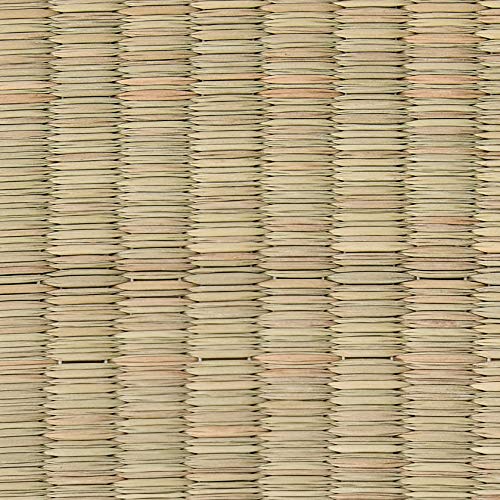All Categories






Oriental Furniture Queen Tatami Mat, Black, US Queen (30 in x 80 in)
Share Tweet
Get it between 2024-05-06 to 2024-05-13. Additional 3 business days for provincial shipping.
*Price and Stocks may change without prior notice
*Packaging of actual item may differ from photo shown
- Electrical items MAY be 110 volts.
- 7 Day Return Policy
- All products are genuine and original








Oriental Furniture Queen Tatami Mat, Black, US Features
-
This Queen size Tatami Mat should be purchased in pairs to fit a standard Queen size bed measuring 60" wide by 80" long
-
Tatami mats are constructed of Japanese Rush Grass with a double layer top for extra protection
-
The inside is a baked Dried Rice Straw Fill for strength and durability
-
Each mat is sewn with a black fabric border and bound with twine
-
A moisture resistant barrier is included in the foundation of the mat
About Oriental Furniture Queen Tatami Mat, Black, US
Description Please note: This Queen size Tatami Mat should be purchased in pairs to fit a standard Queen size bed measuring 60" wide by 80" long. History of Tatami: Tatami mats come to you straight from the Far East, where they have been making Tatami for hundreds of years. Tatami mats started as floor coverings and were also used to make chairs or benches by placing several Tatami on top of each other. When they were first made, Tatami mats were seen as luxury items for the wealthy when most people had dirt floors. Another function of Tatami was to indicate rank. The most exalted members of a ceremony or gathering were given the privilege of sitting on the Tatami, while others sat on the wooden floor. Tatami mats are much more widely used today, but are still employed for Japanese religious rites and tea ceremonies.



















